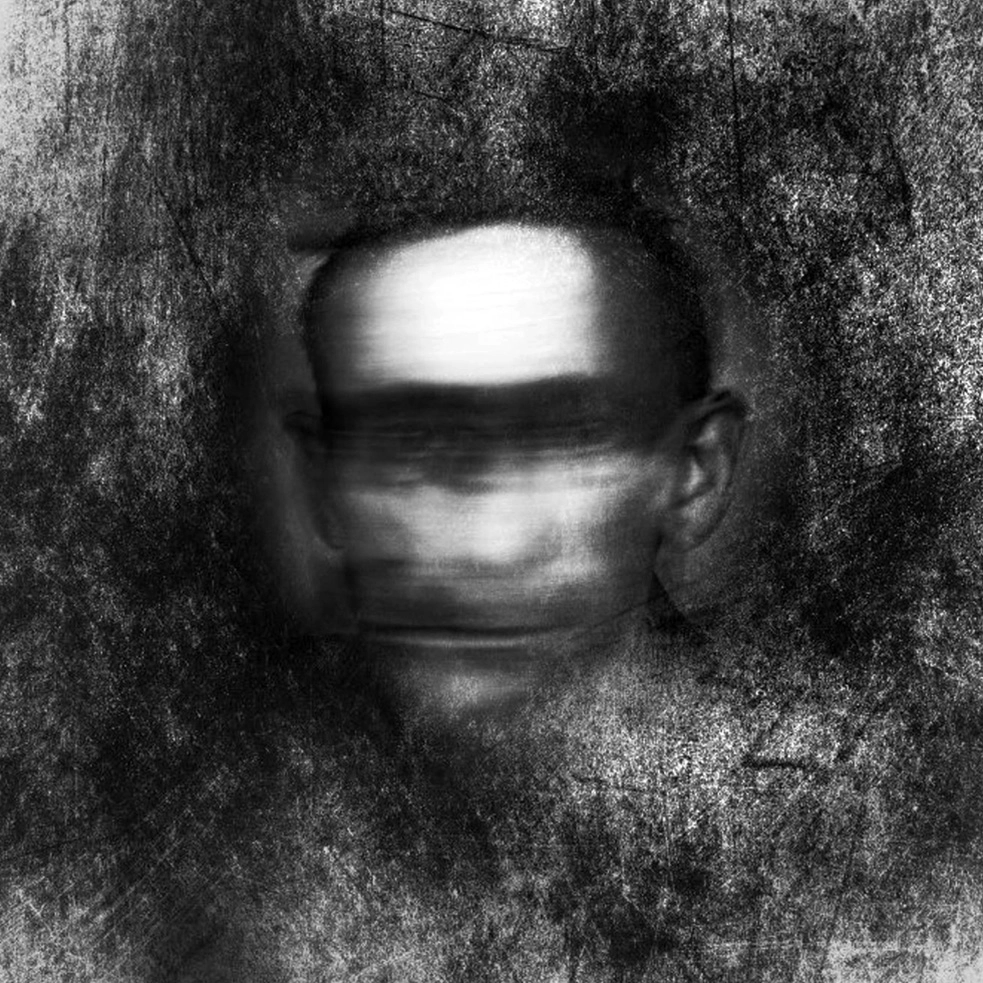I begun my journey into photography thanks partly to the Duke of Edinburgh Awards project and the help of my Dad who set up a make shift darkroom in the cramped spare bedroom.
I worked in a professional darkroom and then art studio for nearly 20 years.
Using many different film cameras, usually borrowed or second hand, I always developed and printed my own pictures.
The new technologies replaced the darkroom and I was made redundant. I tried many different things including an HND in photography as a mature student.
BUT……
After a long near death illness, and with the help of my family, I took up photography again.
Mostly ‘street photography’ and with new digital cameras. Using a computer instead of a darkroom but only doing that could be done in a darkroom.
Awarded Photographer of the Week - Week 04
